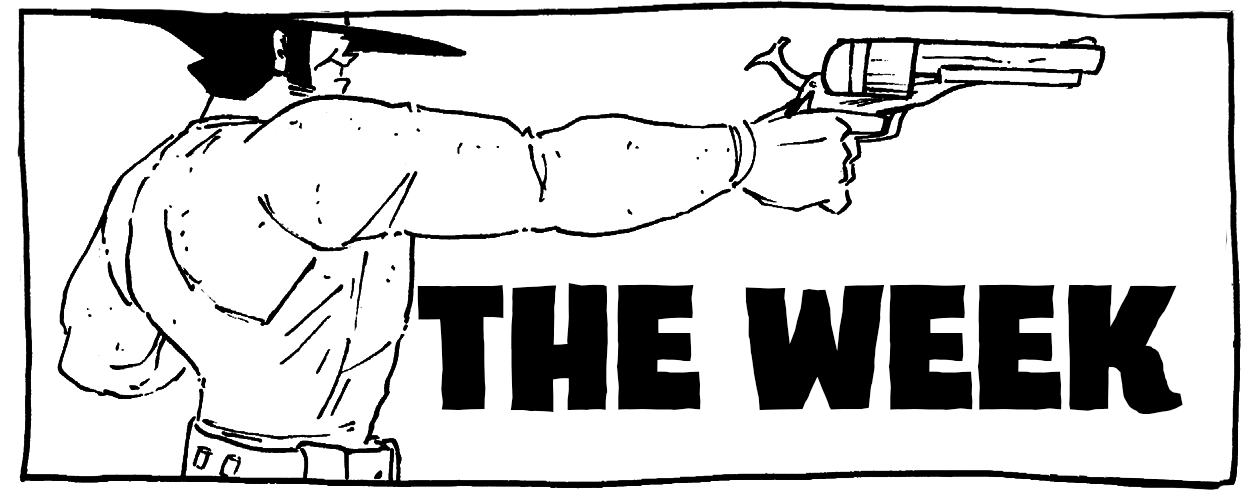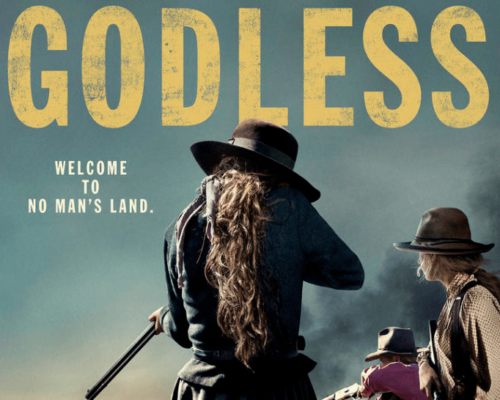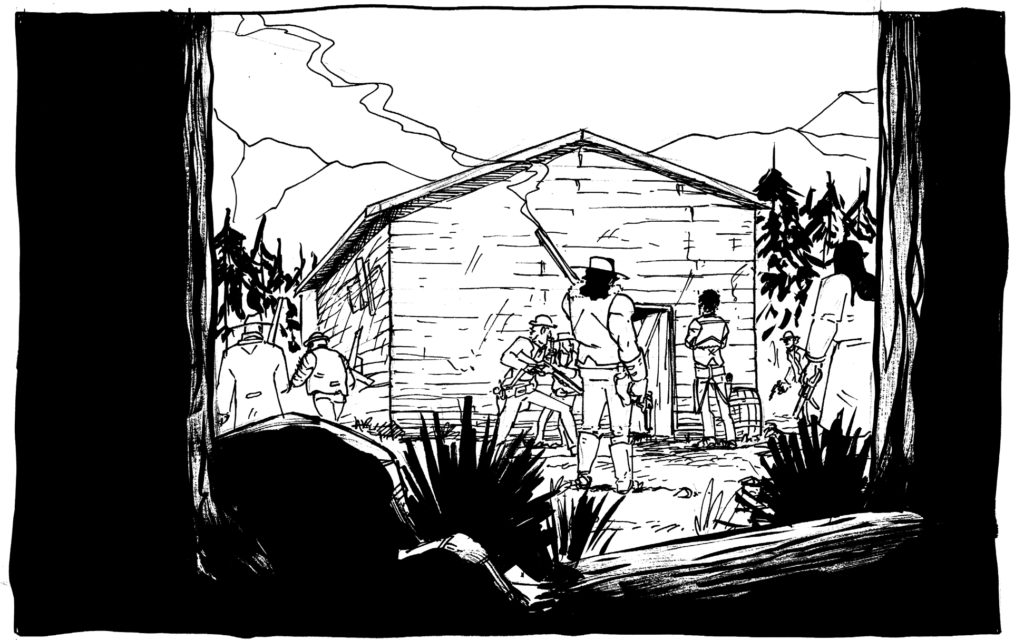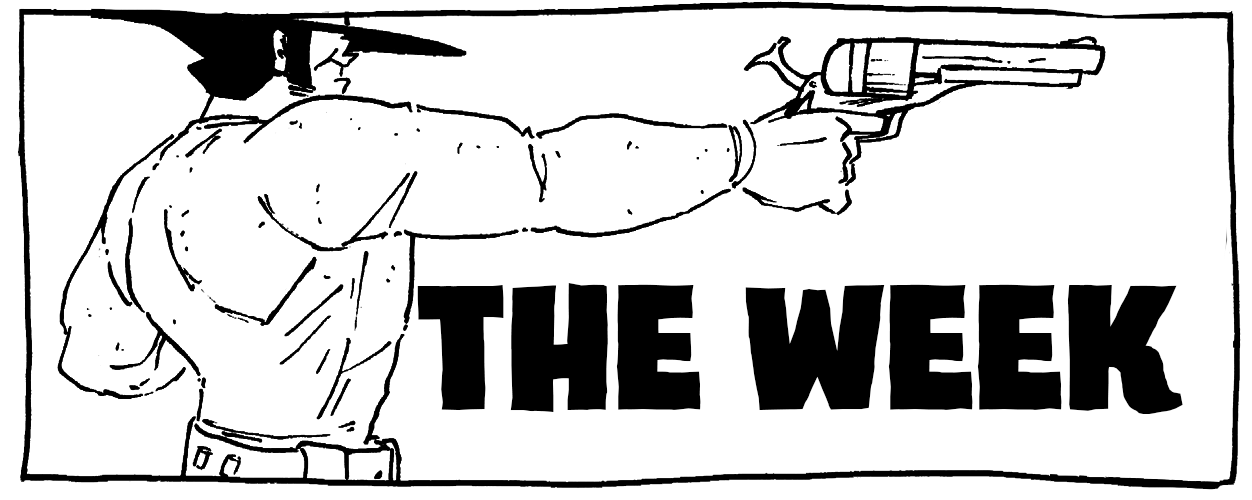
LONG JOHN UPDATE
With Chapter 3 “Making Smoke” all drawn, the last month has been nothing but coloring and lettering the book, which is less frustrating than drawing and more rote busy work. It’s also at this stage where I find I really start doubting my artistic ability. Since much of this part of the process is spent zoomed close on the art, I can see where my technical acumen come up short. It’s when I’m up close where I can see my lack of patience––as well as my laziness––shine through with inking mistakes, anatomy shorthand, and flaws due to exhaustion or boredom (at the time). However, it’s likely mostly a consequence of realizing I’m closer to having a book that I will put out there in stores and on this site that people can actually see and respond to. The inherent self-doubt gets loudest at this point, which is a voice that I always have to deal with, whether here or at my day job, or running errands, or going to a party, or whatever. What helps is the memory of having done good work before and knowing I can do it again. A piece of advice I throw out to my classes now and then is something I honestly live by:
If you do your best, you can’t be accused of doing anything less.
The implied caveat being that you’re doing the best you can do at the time, but it’s still your best which will likely only get better with time. So, when these thoughts surface that try to hold me down, I tell myself that this book is just the next step for the better thing I’ll do next. Through that lens, the artwork suddenly starts to look better and I get excited again to tell this story.
With that in mind, here is the first page of Chapter 3 (any future sneak peeks will be excerpts like before):
DRAWING
Like the rest of the world, Nicole and I saw Black Panther and thoroughly enjoyed it. This last week, I was listening to a conversation about the movie and was inspired to try my hand at drawing in a more traditional superhero style. It’s quick and messy, but it was fun. I have been thinking lately what a “superhero style” drawing of mine would look like if I sat down and actually worked it out with rendering and what not. Since I drew this quickly (I felt guilty because I should have been coloring Long John instead of doing this), it isn’t my full effort, but I was surprised by how this turned out.

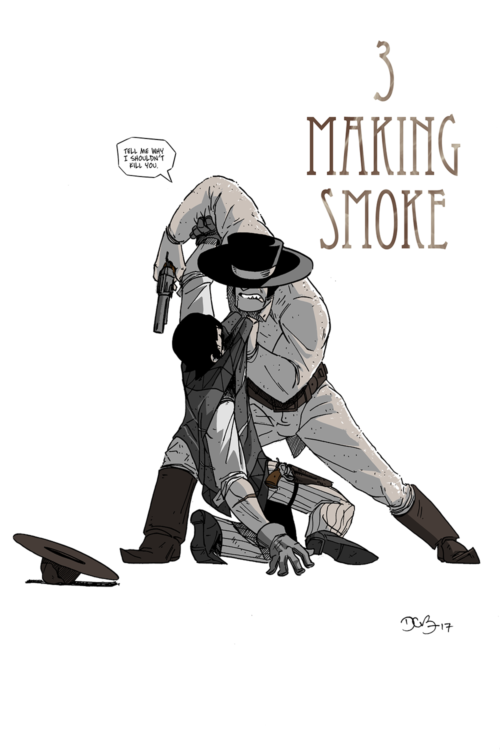
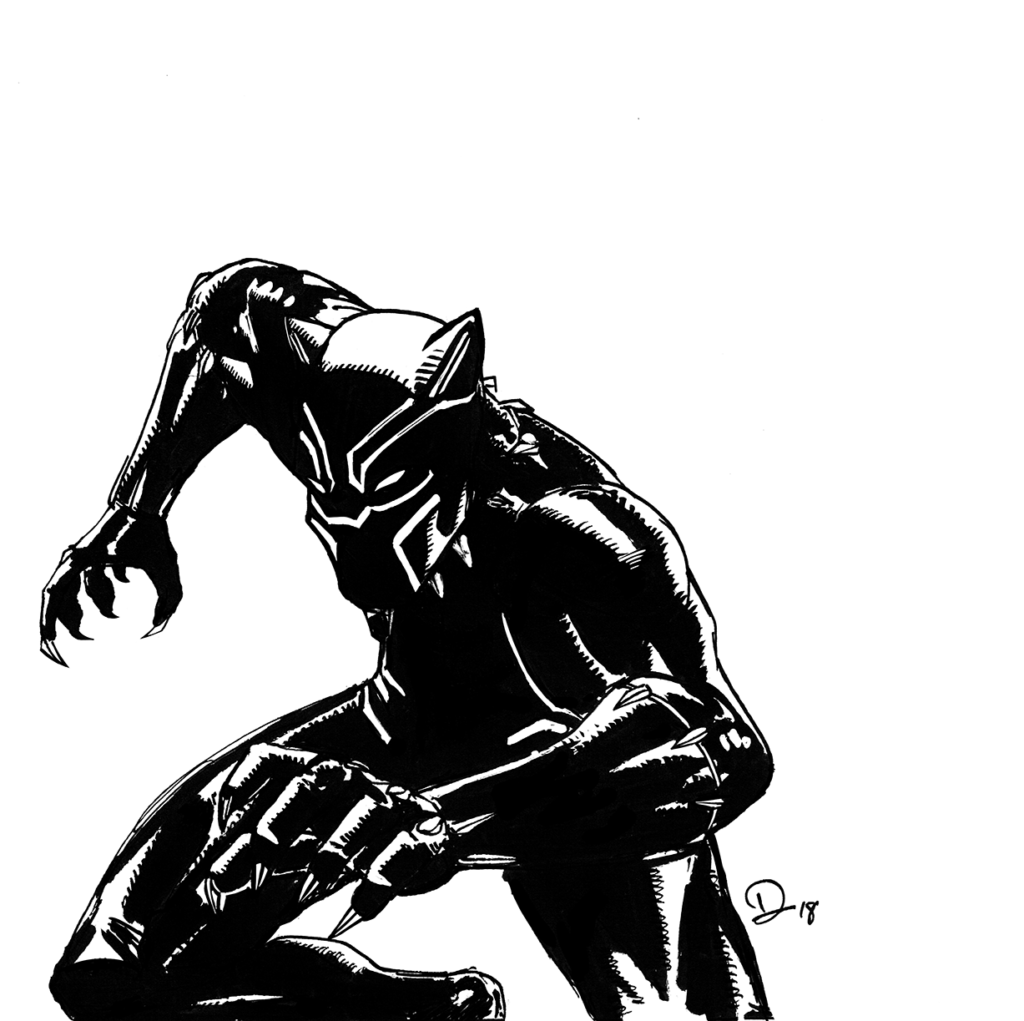
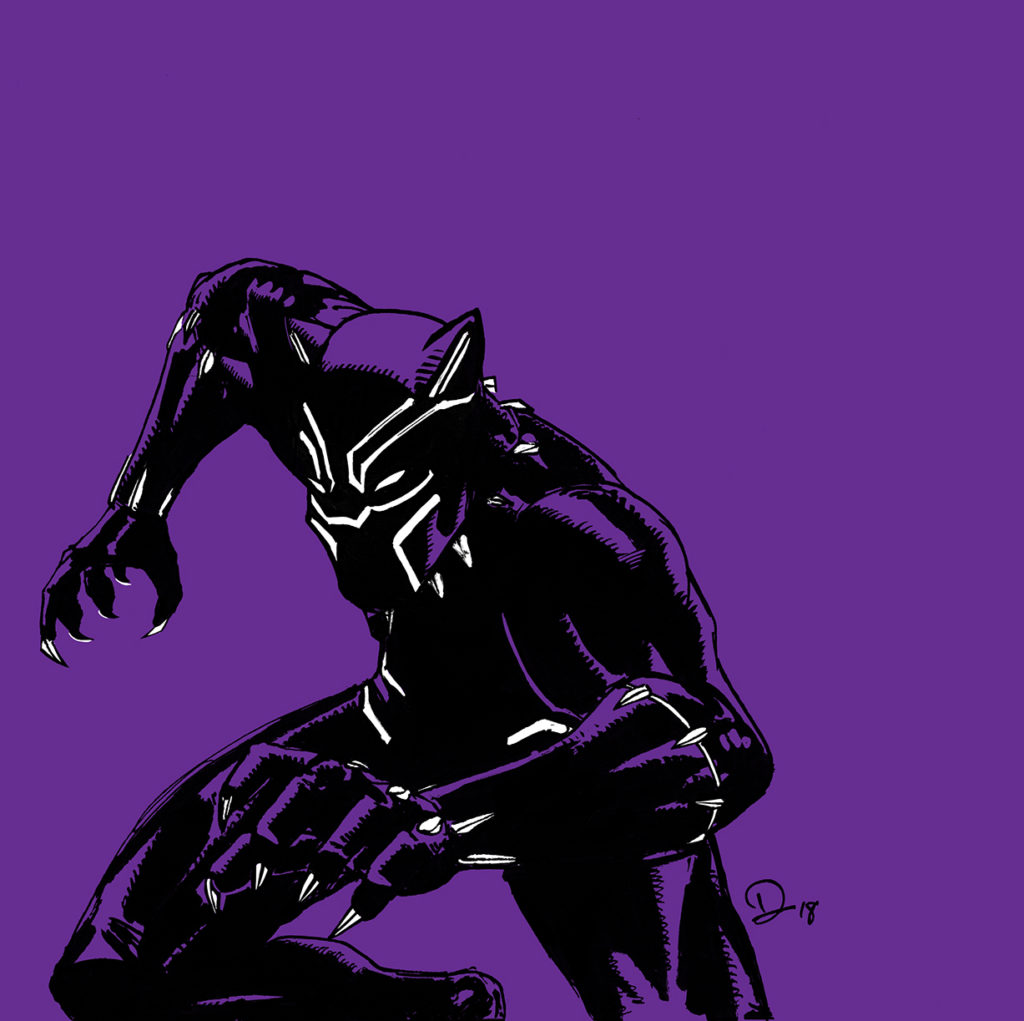
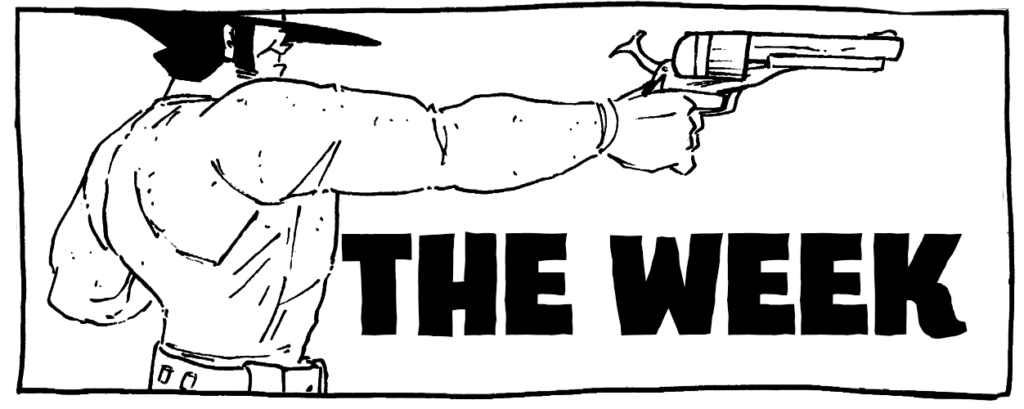
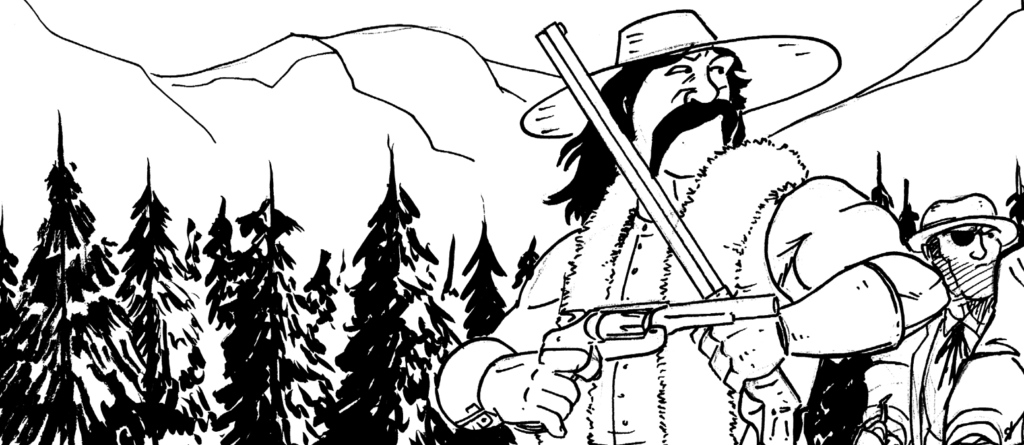 A few weeks ago, I mentioned that Josh Tobey inked a few pages’ worth of Chapter 3. Although I didn’t stand over him as he inked, having the final pages in front of me proved to be a very educational experience. For a comic that requires a lot of images of nature, I really had no real artistic ethos with which I approached that kind of subject matter. I just approximated to the best of my ability something that could pass as that thing. Case in point, the tufa towers in the first chapter look nothing like actual tufa towers, but you can tell in the comic that they are not smooth stone. The tree trunks in chapter two evolved because I wanted it to look more like a redwood than not, but it’s still not accurate. I don’t have a codified artistic language from which I can pull and draw natural landscapes with any sort of verisimilitude. I can do passable work that most people will think is just fine, but since this comic is so based in a specific place, I silently lamented my ability to actually capture what the Mono Basin actually looks like.
A few weeks ago, I mentioned that Josh Tobey inked a few pages’ worth of Chapter 3. Although I didn’t stand over him as he inked, having the final pages in front of me proved to be a very educational experience. For a comic that requires a lot of images of nature, I really had no real artistic ethos with which I approached that kind of subject matter. I just approximated to the best of my ability something that could pass as that thing. Case in point, the tufa towers in the first chapter look nothing like actual tufa towers, but you can tell in the comic that they are not smooth stone. The tree trunks in chapter two evolved because I wanted it to look more like a redwood than not, but it’s still not accurate. I don’t have a codified artistic language from which I can pull and draw natural landscapes with any sort of verisimilitude. I can do passable work that most people will think is just fine, but since this comic is so based in a specific place, I silently lamented my ability to actually capture what the Mono Basin actually looks like.